The Article
TOPPING D50S DAC (PT.2: THE RECKONING)
29th June 2021
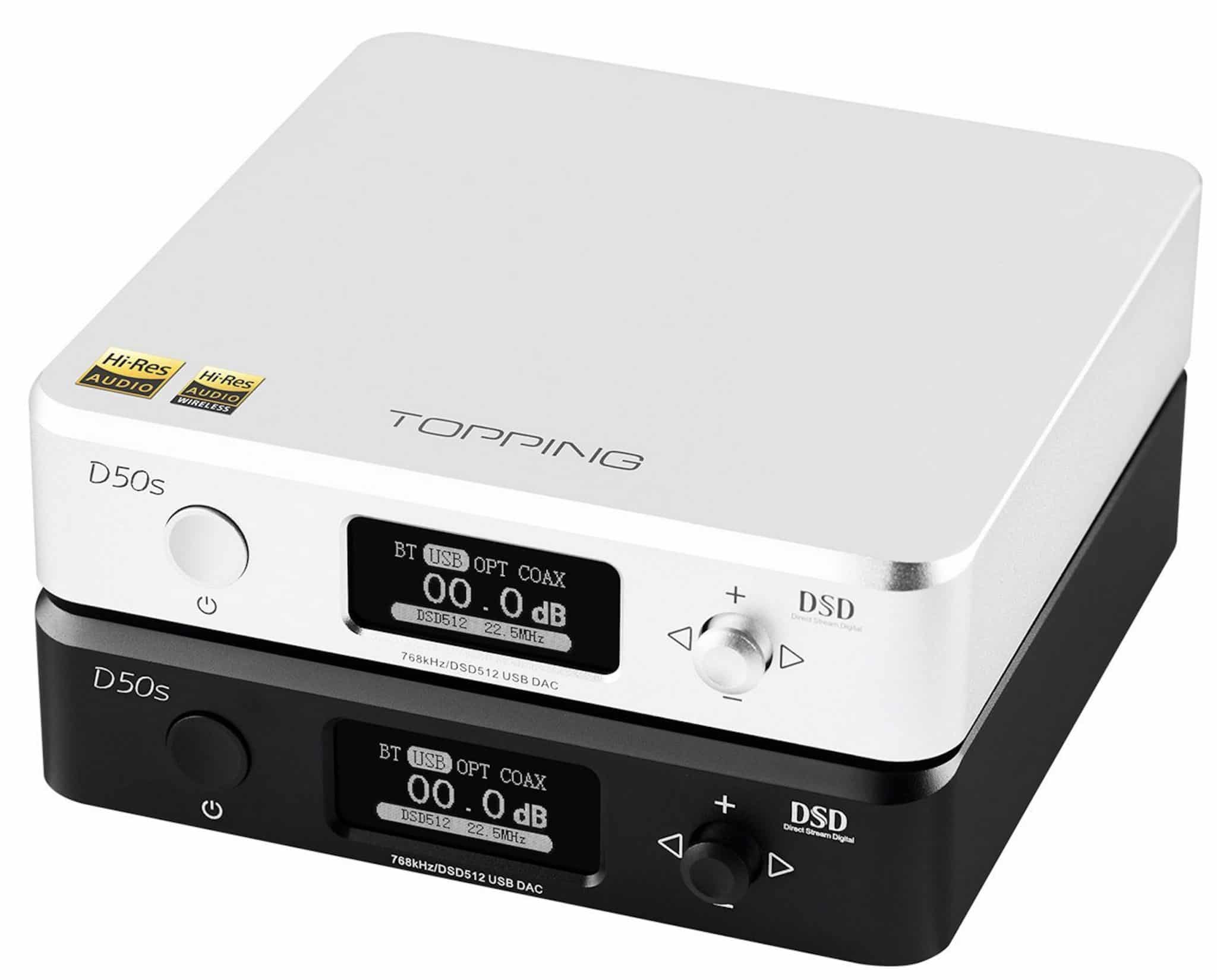
This is an unscheduled follow up to a recent review I did on the desktop DAC from Topping, the D50s
You can see the full Topping D50s review in all its glory here via this link. In short though I liked the DAC a lot during that initial review. The build quality was good with a rather luxurious feel. It had a solid, CNC kinda feel in the hand. Especially for the price which is around £250. It was also fully featured with coax and optical ports sitting next to USB. Bluetooth was also added.
In sound terms I liked the performance a lot. Again, for the overall price and for the amount of facilities on offer.
The only technical issue – well, at that time I didn’t even see it as a real issue – was that the sound sound cut out on one occasion during play. This was while I was connected to the coax socket.
At that time, I assumed that the problem was me. During the review, I was swopping cables in and out of the hifi chain, changing DACs to do A-B comparisons, moving and shoving things around and the like. I assumed that the cut out occurred because I hadn’t pushed in my coax cable sufficiently onto the D50s socket This has happened to me before, in a past review of another product, so there was a precedent.
It was after the video review was published that two YouTube channel members contacted me on separate occasions to report a possible issue with that coax socket. One channel member stated that he’d heard of issues occurring from Topping D50s users posting on social media. Another actually owned a D50s and also reported the same problems. A third reported no problems at all but I subsequently found the reason was that he never used the coax port. This third channel member did a quick sound test and, sure enough, triggered sound drop outs via the coax port.
The reported sonic issue included repeated and regular sound drops during play while in coax mode.
I then looked around the Internet and found other users reporting similar issues on a host of other forums.
I hadn’t experienced such persistent behaviour but I did wonder about the coax sound cut out that I had experienced.
So I hooked the D50s to my hi-fi again and sat down for an extended session. It didn’t take long for the sound drops to occur. I was using a CD from Alison Moyet, her Greatest Hits. A CD I had used within the original review.
More disturbingly, as time progressed, a pattern started to form where each sound drop would occur every few minutes. Once per track. The sound would cut out into silence for a second or two and then the music would continue as normal. The next track would start, two or three minutes would pass and the drop out would occur again. Same thing. A second or two of silence and then the music would continue.
Obviously, this was a problem.
To try to get the the bottom of this issue, rather than approach Topping directly in their HQ within China and possibly hit a brick wall of silence or PR speak, I tried an alternative method. One that I hoped would bring better results.
In the UK, Topping is distributed by a respected company called Electromod. Electromod has been distributing top brands like Schiit, Dan Clark headphones and more for many years.
Their Topping account was a fairly recent one.
To be honest, in cases such as this, the protocol is that you approach your local distributor first anyway. It’s polite, shall we say.
Nevertheless, I also hoped that talking to Electromod would prove useful. Firstly, Electromod would have contacts on the inside of the company. Contacts I’m not aware of. Electromod would also have an open channel of communication. Finally and more critically, both Electromod and Topping have a financial connection and commitment. Hence, any queries from this distributor will probably hold more sway and influence in a company like Topping. Far more than liddle ol’me, at any rate.
So I reported the issue to Electromod and it was very concerned indeed. As you might expect. This is a company that’s trying to sell Topping’s D50s DACs, in the UK market, don’t forget.
Electromod said that it would get on the case, contact Topping and promised to get back to me in a few days with more information and any news of a possible solution.
After a raft of email exchanges with Topping, Electromod has issued this statement based upon information issued to it via Topping itself,
“As the UK distributor of many brands, we take product issues very seriously. Since Paul alerted us to the Topping DAC issue, we emailed Topping Audio to try and find out more. Unfortunately, Topping has said that that it cannot resolve the issue. Reportedly, the audio problems heard with the D50s DAC are caused by the Cirrus Logic receiver chip. According to Topping, this chip will struggle to work efficiently if faced with an unstable or irregular signals also called Jitter. This audio issue effects all Topping DACS featuring the Cirrus Logic receiver chip which including the D50s, DX7pro, D30Pro and the new batch of the E30 DACs. According to our tests, this audio drop out issue does not affect other inputs, only the coaxial input. If you have purchased a Topping DAC through Electromod and are having any issues, please call/email us to discuss it further.”
Before I go any further, I want to thank Electromod for their efforts in contacting Topping and being so proactive when faced with my queries. They did everything they could to help and I applaud them for being so co-operative.
The fact that Topping “cannot” sort the problem is interesting. Note the term “cannot”. Not “will not” but “cannot”. So maybe Toping has been forced into a corner here? The company didn’t elaborate so we can only speculate.
It’s possible that the Cirrus Logic chip purchase is a major financial commitment so maybe there is no budget for a replacement.
Topping has used AKM receiver chips in the past but, since the 2020 fire which partly destroyed and wholly disabled the AKM factory, that option is a no longer available. AKM products are rare right now because they are currently only being produced in limited numbers by licensed third parties and, because of that, can only be had at inflated prices. Inflated due to demand. The sort of prices that car companies, for example, can afford but hifi manufacturers cannot. And car companies are – so I hear – making sure that they get their AKM chip supplies. Which doesn’t leave many left for hi-fi outfits.
That situation will remain so for some time while AKM rebuilds. So maybe the choices to replace the Cirrus Logic with an alternative chip are few and far between. I don’t know. Again, I’m speculating.
So, to remind you, the reported issue is with the Cirrus Logic Receiver chip. In this case, the CS8416 which is a sort of digital management chip that does various bits of housekeeping around the DAC, shall we say.
To find out more and to try to find an alternative viewpoint, I called Cirrus Logic itself. I wanted them to make the case for this chip in the sake of balance.
But I failed to find the right people. I called two of the company’s HQ sites in an effort to find the experts I needed. As I say, I wanted the company to offer their side of the story. But that didn’t happen.
It’s possible that staff are not available right now because of the current world situation. Maybe they’re unavailable because they people I needed to contact are working off site. I wish I could provide a detailed explanation on that.
I’m sure, if I persisted over the weeks and months, I’d eventually find the people I needed to talk to but time defeated me and I felt that my priority here was to let as many owners and prospective owners of the D50s DAC know the technical issues before the story itself grew stale and more people bought this seemingly faulty design.
What I did obtain was a design document for the Cirrus Logic CS8416 chip which had a date on it: August 2007. This is not a rare document and can be accessed by anyone who seeks it out. As far as I’m aware – and I’m happy to be corrected here – there may have been tweaks but no major or fundamental redesigns of this chip since this time so it represents a mature technology.
That being the case, I’m not sure why such a mature chip should suddenly decide to fail and become a problem. During my – admittedly – relatively brief time researching the chip, I couldn’t find other examples where the Cirrus Logic CS8416 chip was causing similar sonic issues within other hi-fi components. Again, I’d be very happy to be corrected on that point if you can provide evidence to the contrary.
So that part of the statement confuses me.
Still confused, I went back to the Topping DAC, which was still connected to my hi-fi and decided to do a range of additional tests to try to see if I could find any other answers of my own.
So I changed other variables around my digital chain to see if that caused problems.
I shut down my hi-fi. I wondered if there was an initial coax locking issue and if powering up each component at different times might have an affect on obtaining a coax lock. So I powered on the DAC first, then my CD transport. But the drop outs still occurred. So I switched it around. I switched on the CD transport first, then the DAC. No change.
I then swopped around the filters in the DAC itself without any affect. I switched the Bluetooth on and off to see if that was causing interference but no, it wasn’t.
I even swopped the direction of the digital cable I was using but that didn’t alter anything.
I then changed the cable itself From Cable No.1 to Cable No.2. And you know what? This time there were no sound issues at all. None. Everything worked fine. There were no issues. The DAC worked perfectly.
So was the cable change the answer then? I played more Alison Moyet tracks using Cable No.2 and everything sounded great. Again, no issues. No drop outs. I then played a much older CD from Ryuichi Sakamoto. Again, no issues, no drop outs. Everything was fine.
So I changed the cable again to a third reference example, Cable No.3. I played my selected CDs again and had another listen.
Everything was fine. No drop outs and no issues.
So I went back to the original cable, Cable No.1 – the problem child. The cable that had started all of the problems and possibly triggered all of the drop outs in the first place and you know what? It worked fine! It ran perfectly! There were no drop outs. No cut outs. No problems in any way and I played track after track and swopped CDs and everything was just hunky dory!
So, maybe the cables were not the issue after all, then.
My last test related to time. Maybe the was a warm up issue? Maybe the reason that the DAC was working fine all of the sudden was because it had warmed up? Maybe the problem occurred when the DAC ran cold?
So I disconnected everything. I switched everything off. I walked away and came back the next day. I came back to a system which, the last time I used it, was working perfectly. I started it up once more and ran it, stone cold.
I turned everything back on, played the same music with the same set of cables and…everything worked fine.
So – obviously confused – I tried to ‘break’ the DAC signal. I disconnected the coax cable and reattached it again to break the ‘lock’. Everything worked fine. So I moved to USB, then optical, then Bluetooth and back to coax to break that lock again. When I arrived back at the coax connection. Everything worked fine. So I disconnected and connected the RCA sockets, no change. Everything worked fine.
Once more, I changed the coax, this time back to another cable. Again, everything was fine. I changed CD players, I changed more CDs and then I ran out of ideas.
Does the error work itself out after several hours of constant use? Possibly At a very rough case, 24 hours of constant use in my case.
That doesn’t mean, of course, that if you have a Topping D50s running it in for 24 hours or more will cure the problem. It also doesn’t rule out the problem springing up again later. I’m not saying that this is a cure, let me emphasise that.
Maybe my so-called solution was a fluke, a quirk and nothing more than that. Having said that, it’s worth a try if you’d like to keep hold of this DAC.
Its also worth changing your coax cable, of course. Try that too.
CONCLUSION
So what do I conclude from this series of tests?
Well I find the whole operation deeply unsatisfactory. I find it wholly frustrating that I have not managed to find a solid solution.
Based on the listening tests I have run through and gamut of tweaking and switching around I’ve done here, the DAC appears to work fine after running in for a time. Lets say 24 hours as a rough guesstimate, in my case.
I say “appears”, because I have absolutely no faith at all that the problem has been solved. None. The issue may very well come back again tomorrow, next week or next month. That’s because the issue appeared to correct itself. I nor anyone else did anything to fix – if that’s even the right word – this thing. If the DAC can correct itself then it can also break itself again.
Of course, I will keep my eyes and ears open to future developments from Topping and will update you if I hear more but let me say this. If you own a D50s and wish to use the coax socket – and not everyone does let me remind you some users don’t touch the coax – I hope that these tests at least helped to dispel a few theories and even offer a measure of optimism that your troublesome D50s can and possibly will be fully functional.
If you don’t own a Topping D50s but were thinking about buying one, would I recommend you hand over your cash for this DAC? No, absolutely not. Not while the underlying issue with the coax socket remains in the air. There are plenty of other options out there. Choose one of those. That, final thought has been reflected in the rating below.
TOPPING D50S DAC
Price: £250
Website: www.electromod.co.uk
GOOD: insightful mids, organic bass, easy to use, build, Bluetooth play
BAD: filters, USB sound output, coax port techie issue
RATING: 5
REFERENCE
Apple MacBook
Apple iPhone
Astell&Kern AK120 (Red Wine Modded) DAP
Tellurium Q & QED cabling

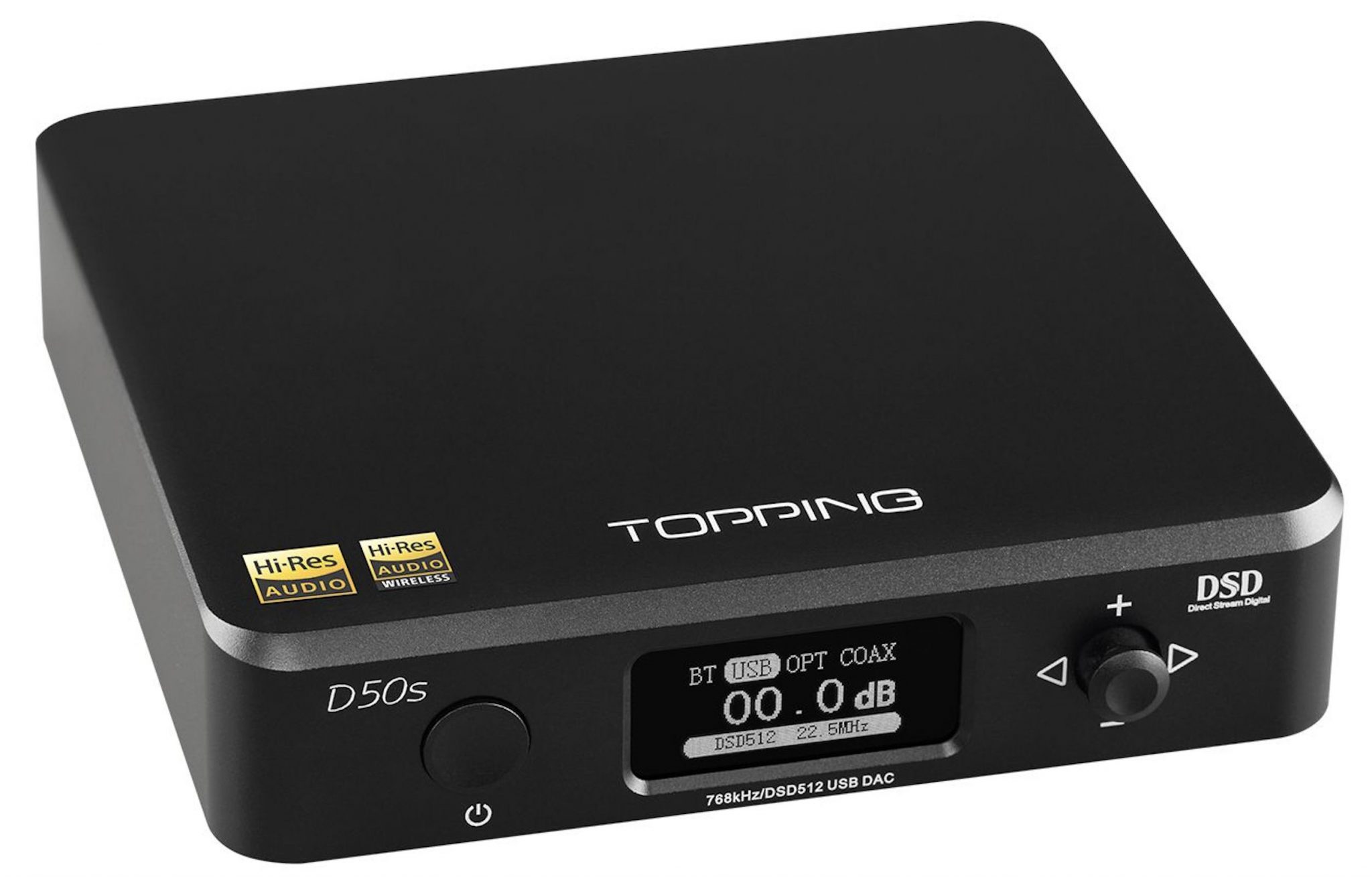
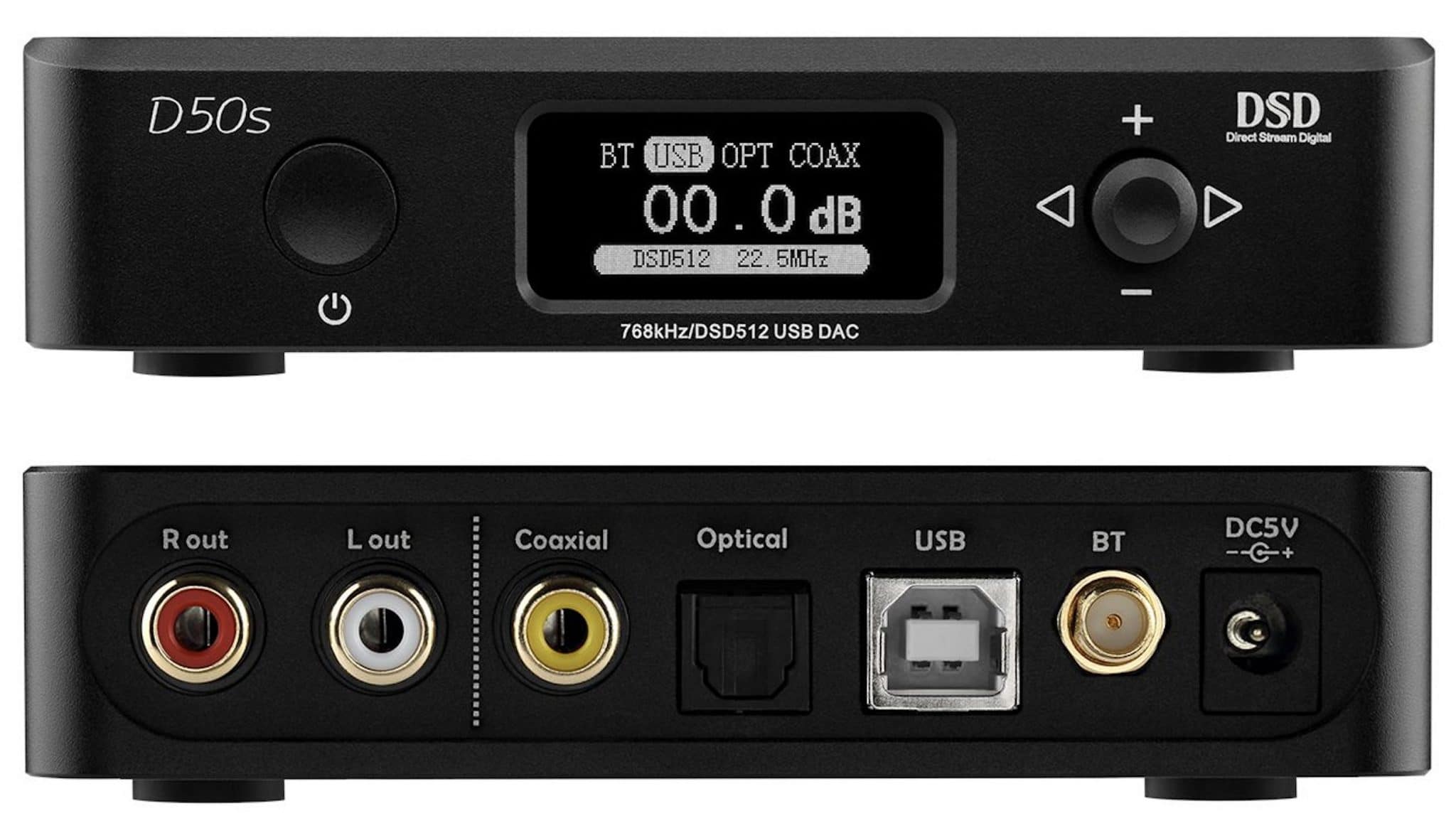
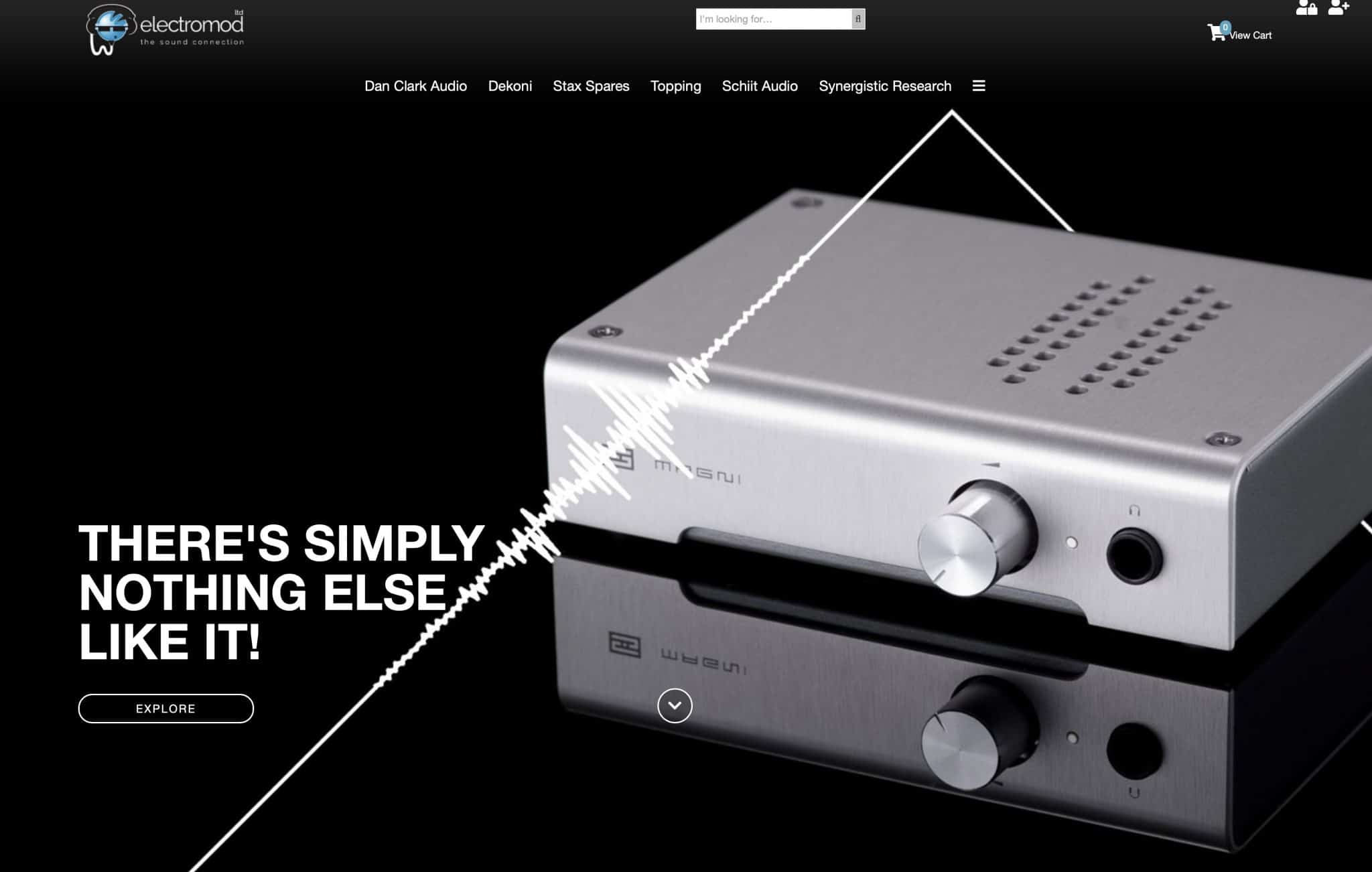
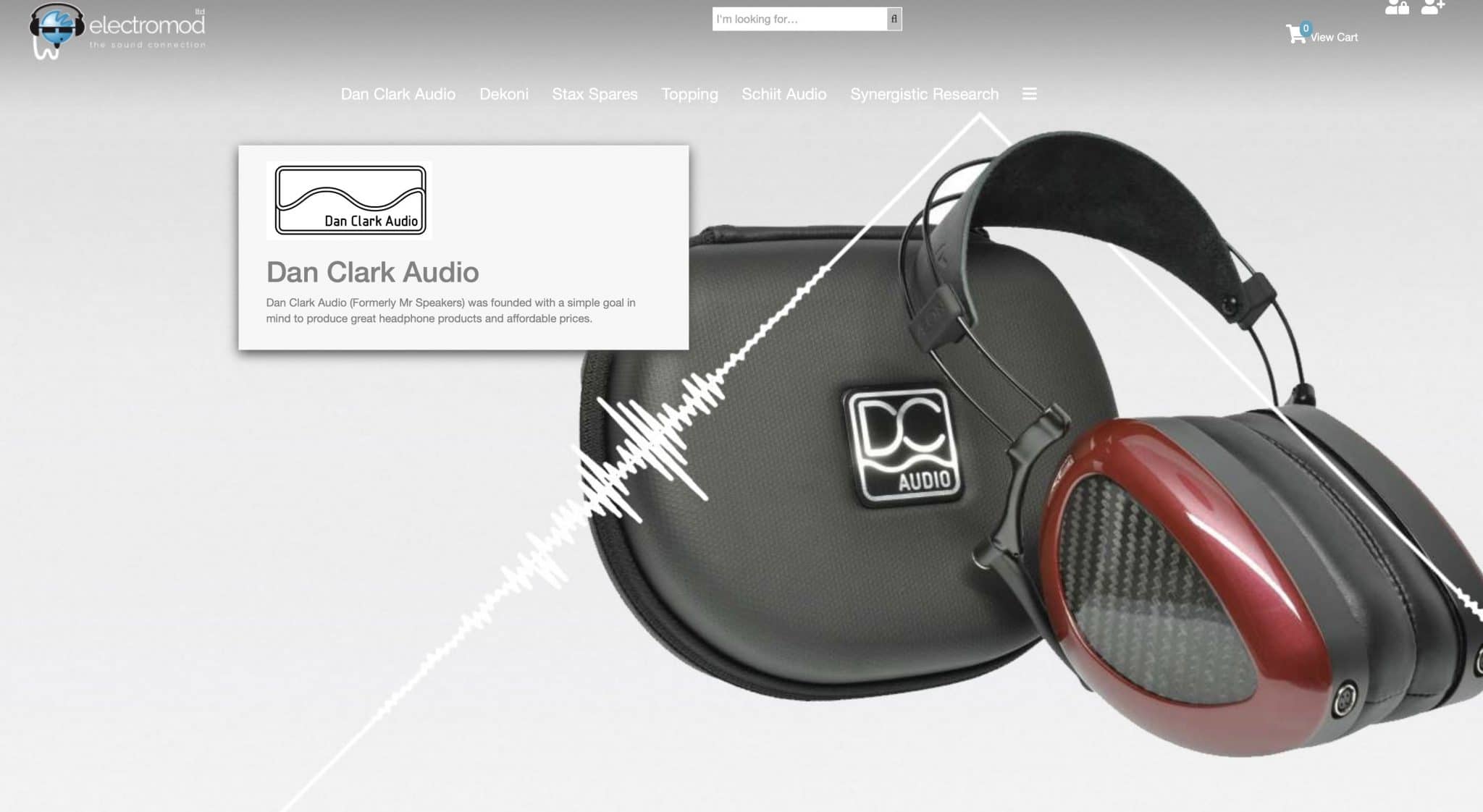
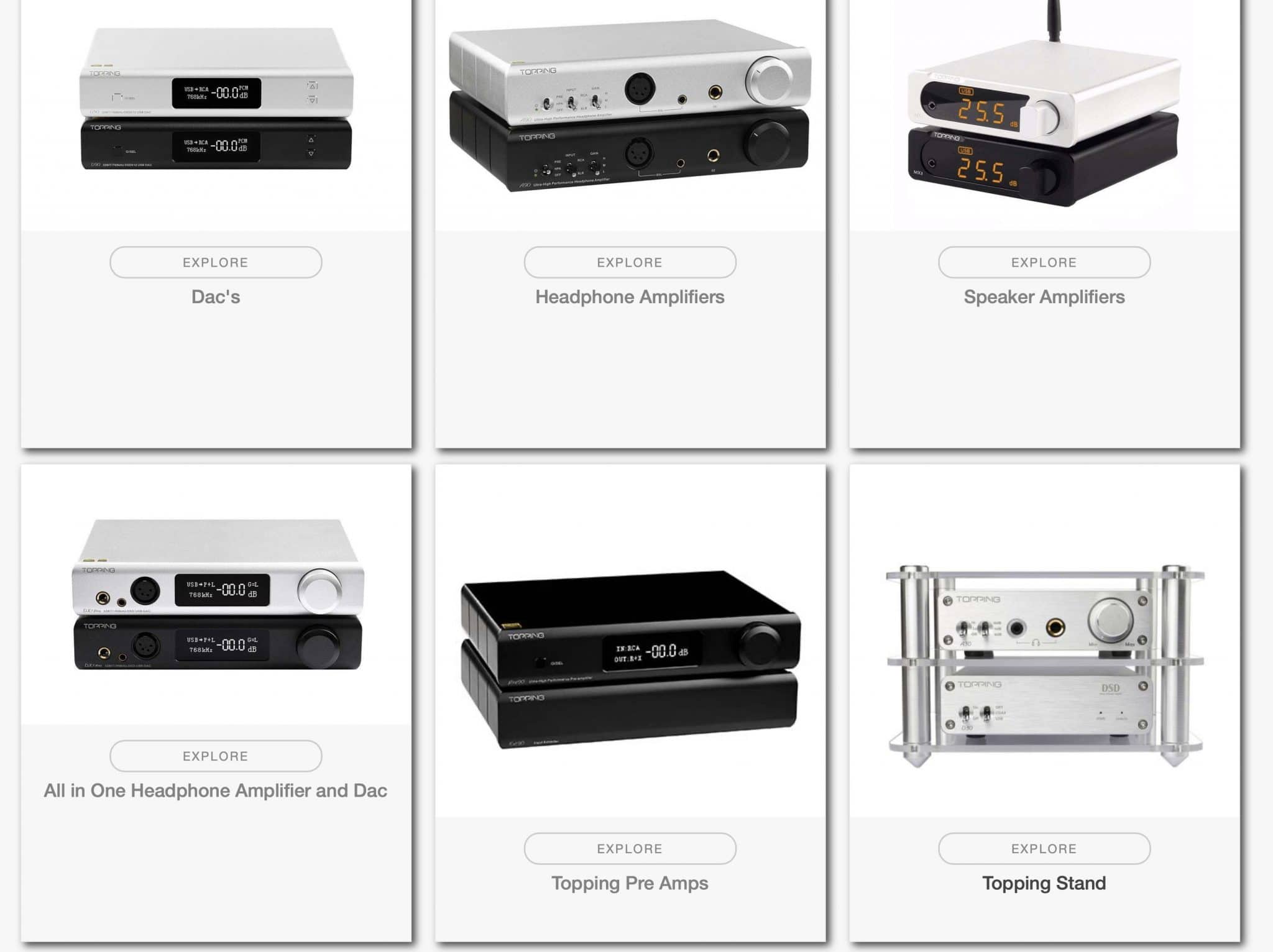
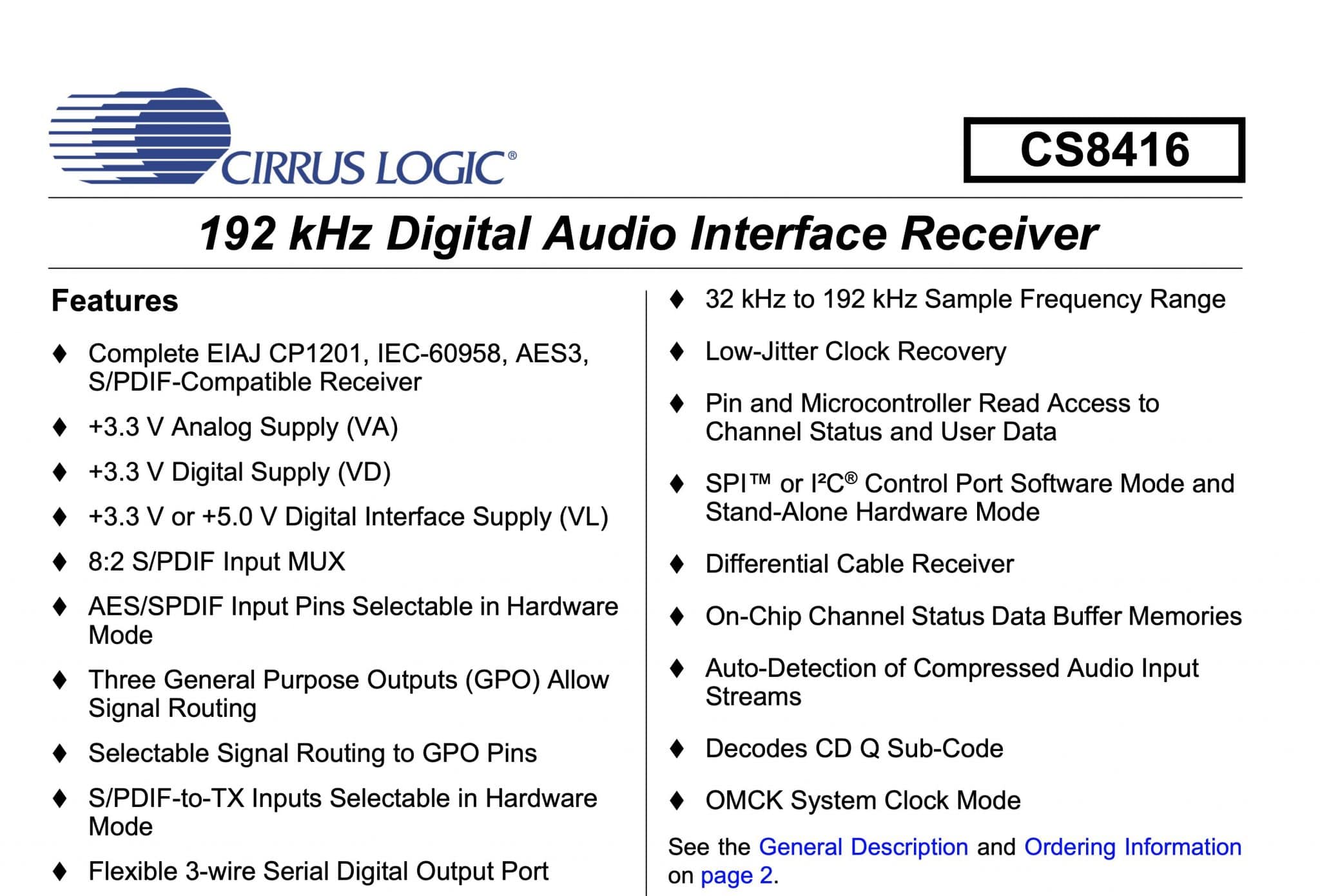
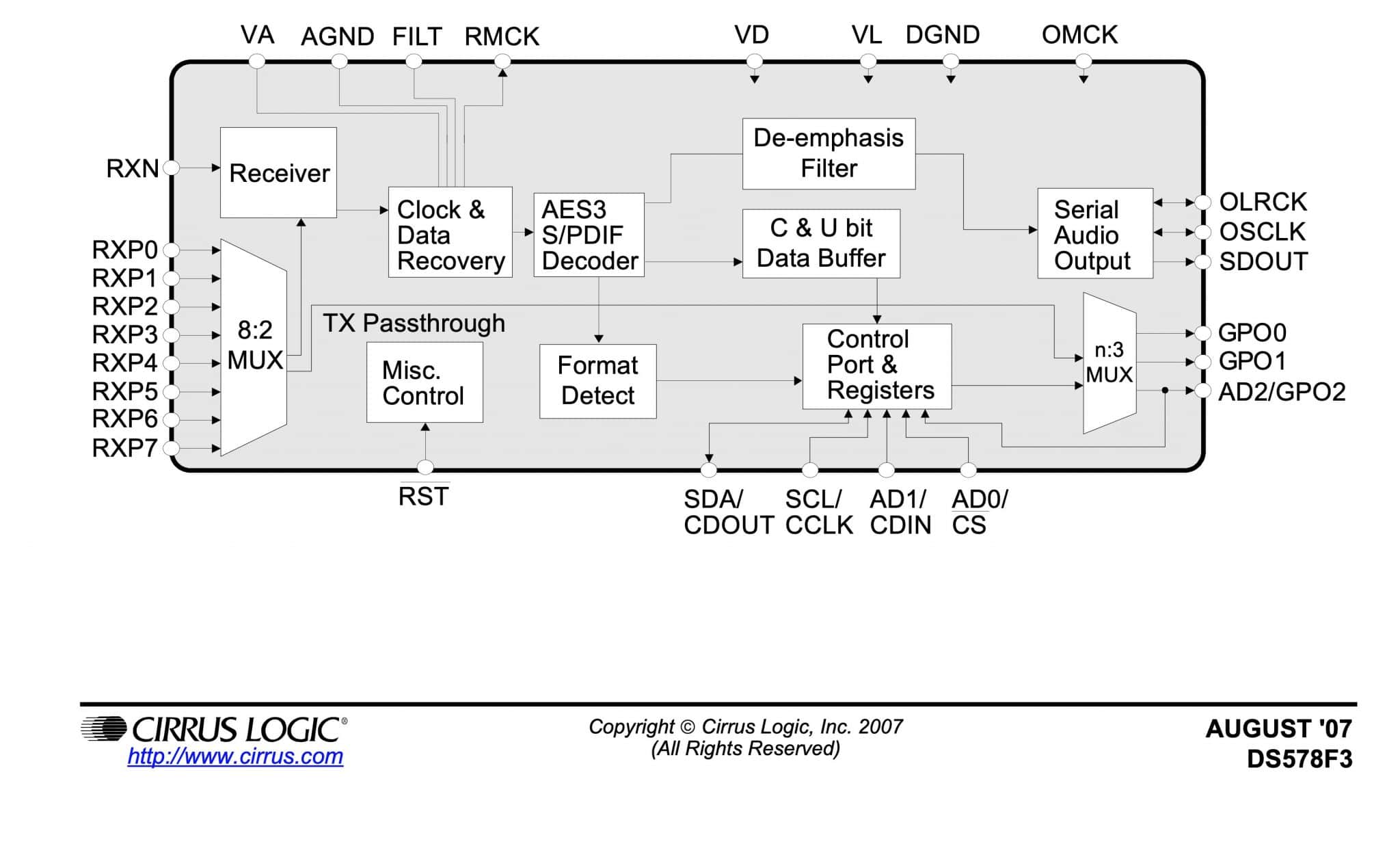

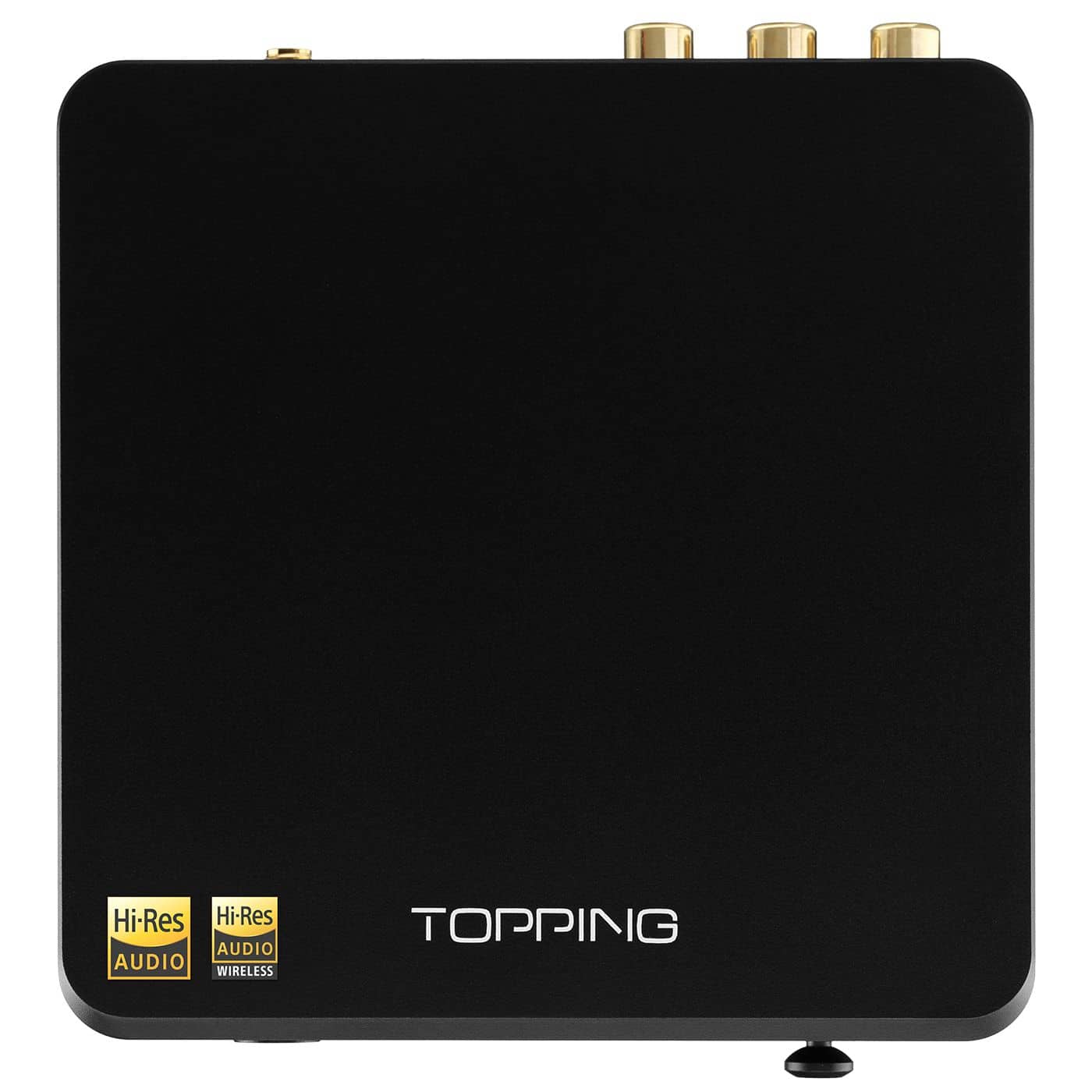
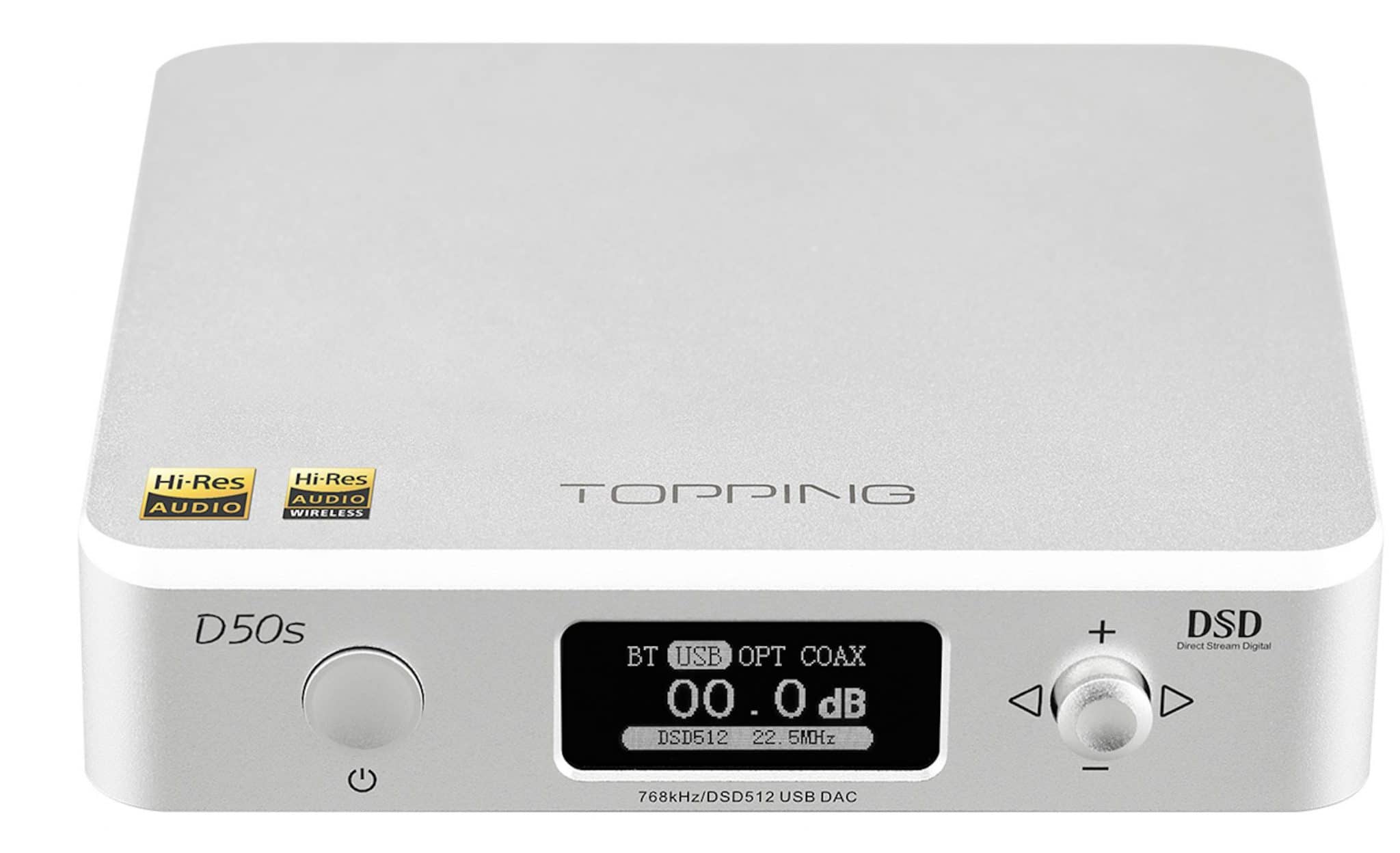
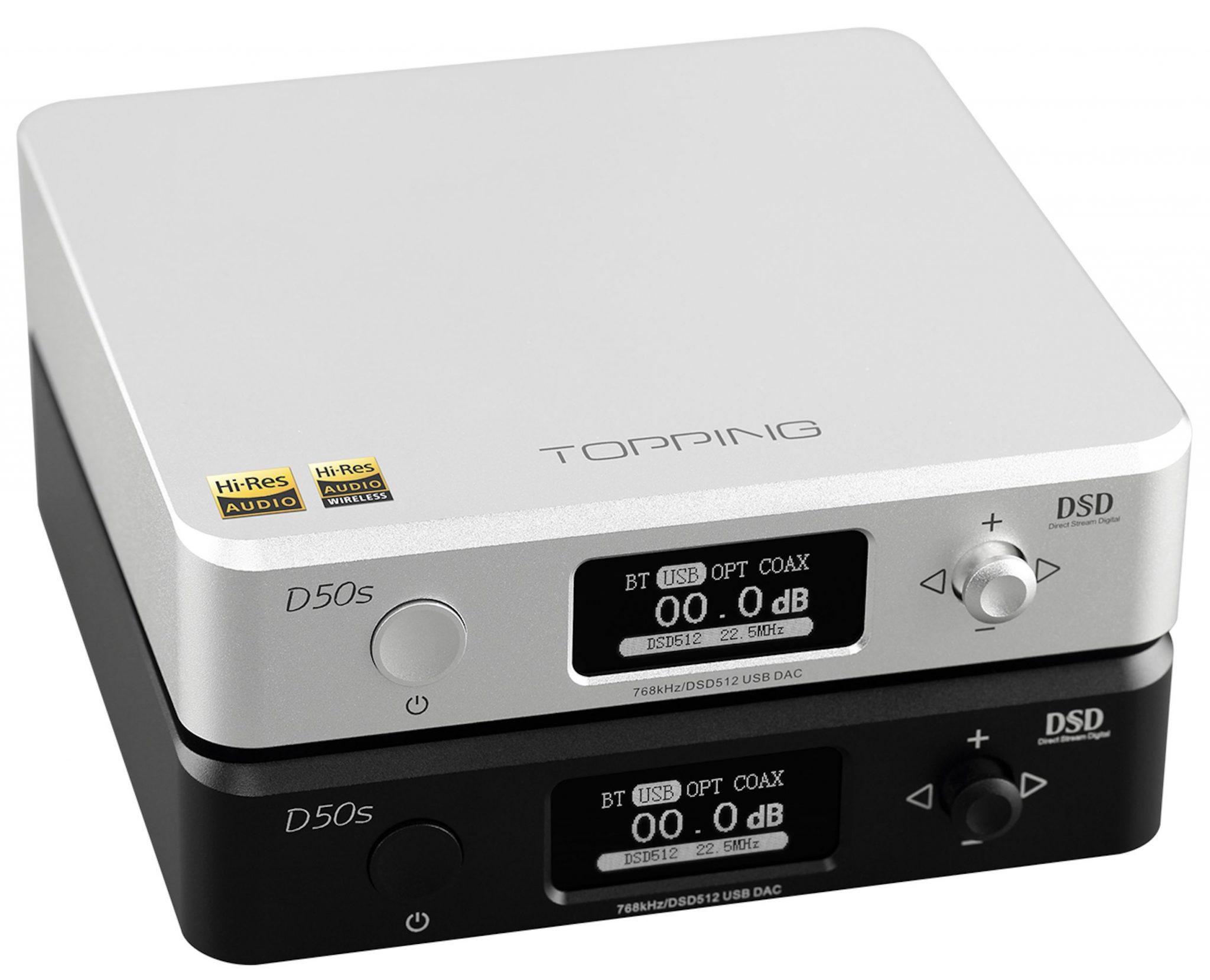
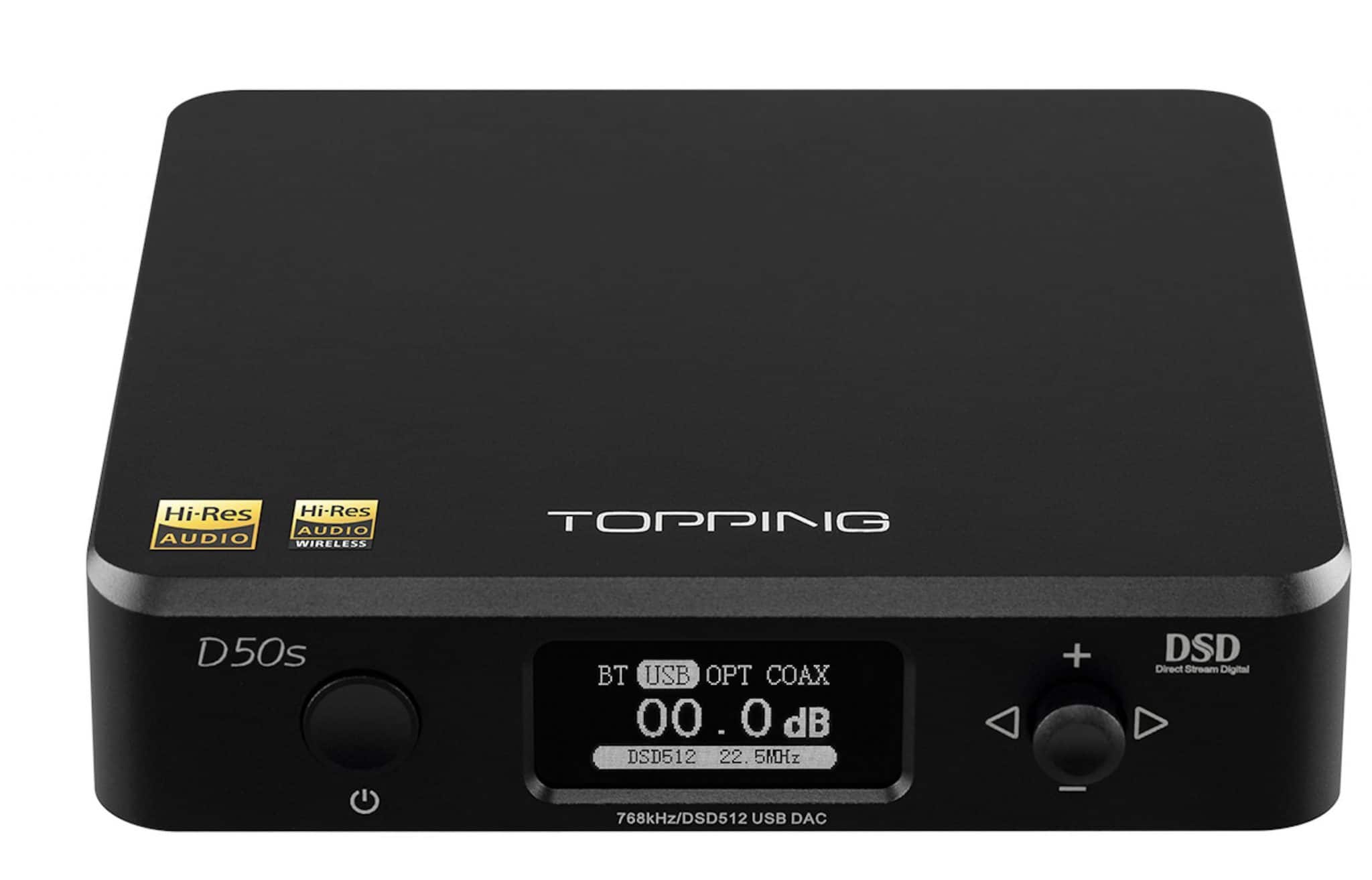
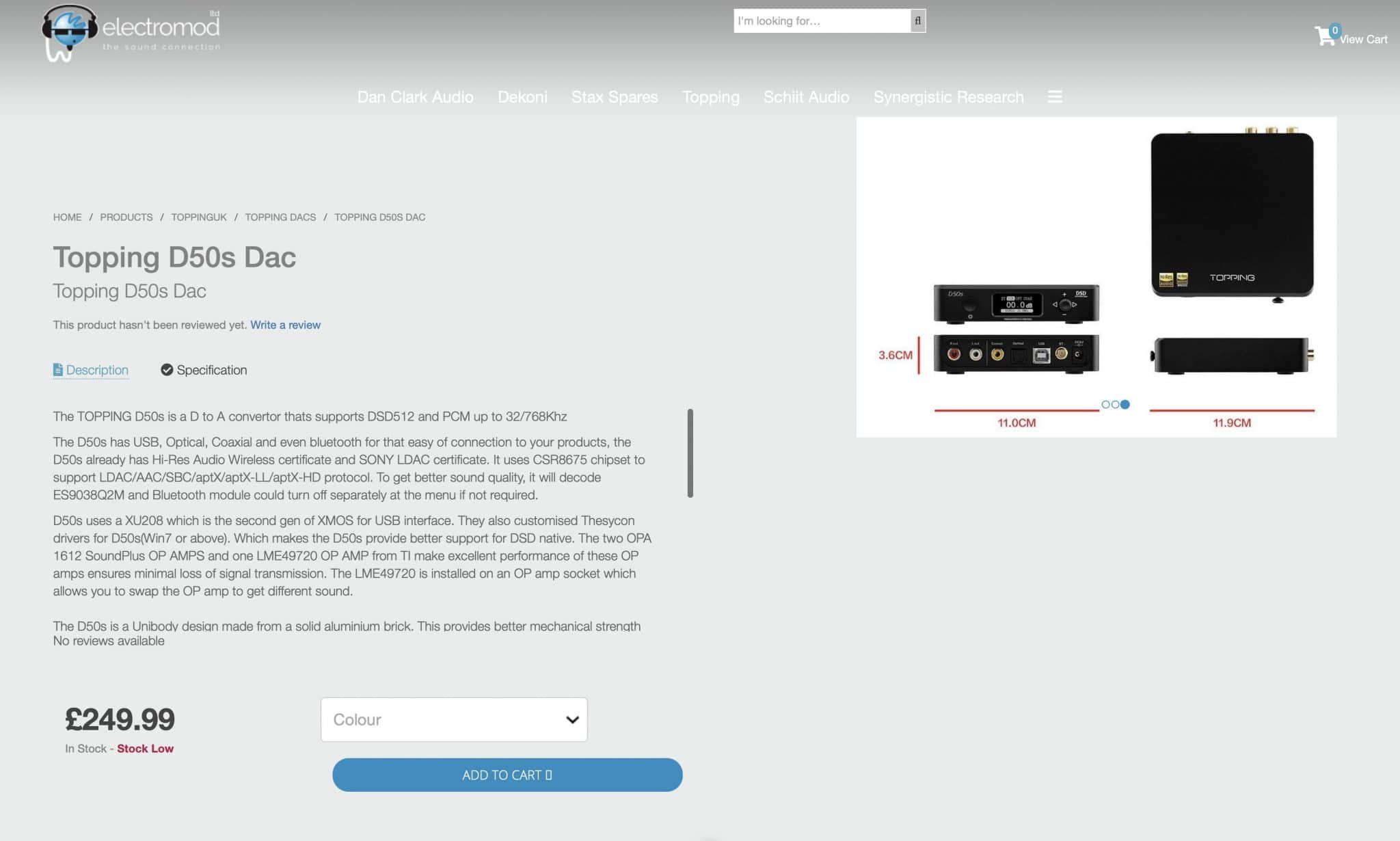

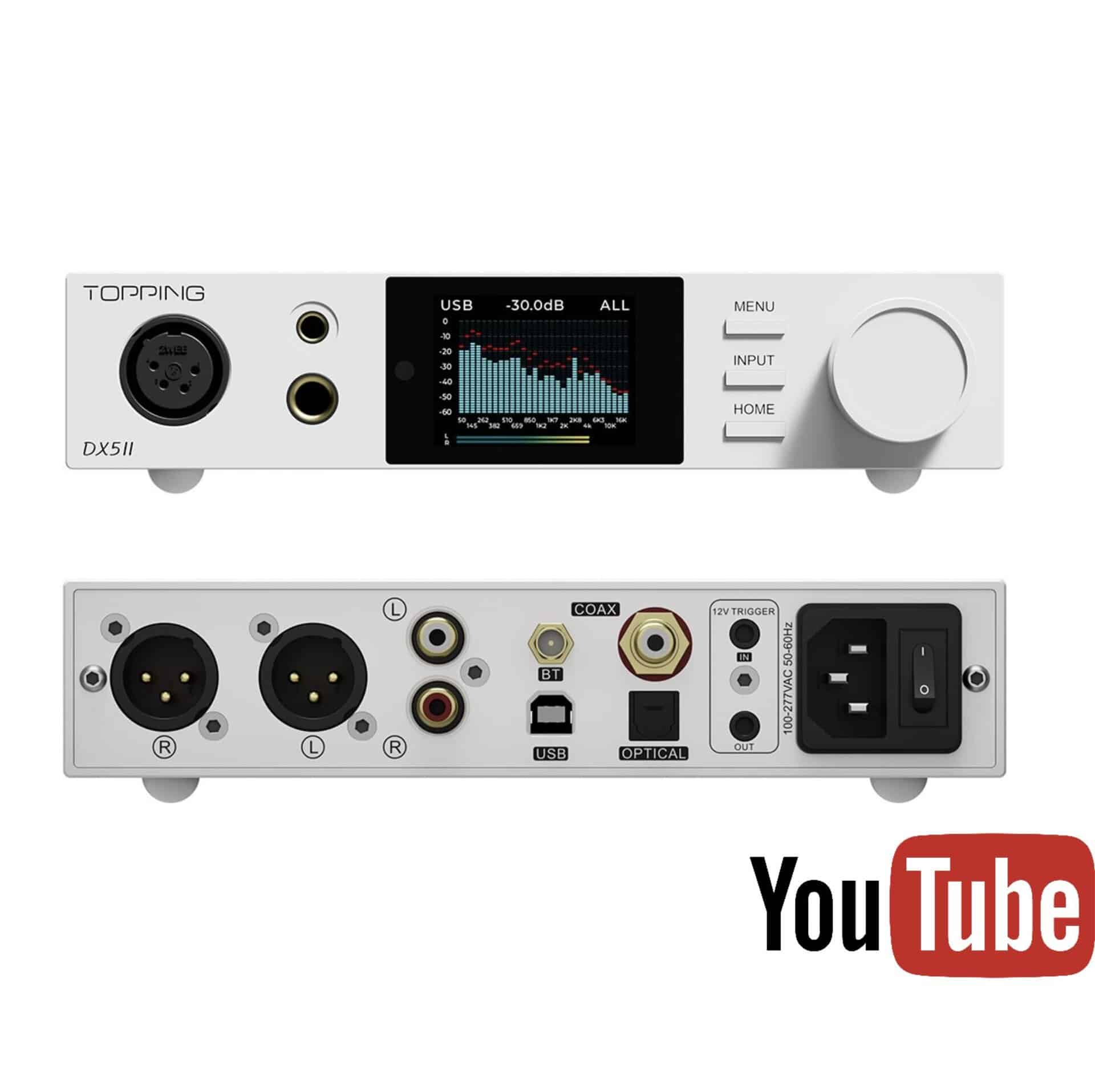
Hello, Thanks for your posting. I was wondering if the DAC is susceptible to jitter with certain cable lengths from signal rise times at the DAC output and signal reflection times from the amp? There is some info on this and not sure if relevant to the cables you used…. https://positive-feedback.com/Issue14/spdif.htm
Hi Paul,
I just picked up Schiit Audio’s new Modi DAC and wow! For $129 USD, it’s pretty amazing, assembled in Texas. Perhaps you could review this in the coming year. I was on the fence with a Cambridge 200 or the Modi , decided to go with the new unit based on specs and past reputation of their past version.
I would love to Spence. Problem is, they hardly have stock to send to reviewers. At least here in the UK, at any rate. When the UK receives a shipment it’s normally pre-sold and bam! It’s out of stock five minutes later 🙂 I’ll keep trying though.
Hi Paul,
The D50s has a factory bug that causes problems when using the coax connector. The problem is the wrong choice of resistance parameters. This can be easily fixed by making a mod on D50s.
I have only polish version description
https://sites.google.com/site/sq5ebo/topping-d50s-coaxial-mod
I have made a mod that improves the proper resistance of the coax connector in the D50s. I am currently using the correct 75R cable and everything works fine.
Hi Paul,
D50s only rca output, or is the coax also usable as output to a hifi -system? Some say the coax is in/out like on the Auris Blume pro, i want to know for sure.
Thanks and greetings, Paul from the Netherlands
Hi Paul – the coax is ideal if you ant to hook the unit up to a CD transport, for example.
I had the same issues. It occurred more often if you turned a light on/off or similar.
I’m wondering if you changed the power source on your second tests?
Any feedback will be greatly appreciated.
Many thanks
Damien.
Hi Paul,
Thank you for this precious information. I need a DAC with USB and optical inputs. I won’t ever use the coax connection. Is the D50s worth considering in my situation? Would you recommend an alternative product in the ¬£150-250 price range?
Cheers!
I would check out Topping yes but also have a look at the products from iFi and Schitt.
Great, thank you!
Yes it’s true. I have the same thing on my D50s. When connected to the CD using this cable, it cuts the signal for fractions of seconds. Therefore, I had to switch to an RCA cable directly to the amplifier. I thought that with the coaxial cable it was a software fault and some update would fix it. A new D50 III model was released and according to the specifications, such signal cutting was solved by the update. There is a Polish modification of this problem as above, but it involves interfering with the board and voiding the warranty for the D50s. I used two coaxial cables. The first one is coaxial Canare and the second one is HiEnd ProLink and both have the same problem. I don’t know, I’m at a loss now what to do with it. I haven’t used coaxial before so I didn’t know about this problem. Only a month ago I connected it with coaxial and the problems started. This output simply cuts the signal regardless of the cable used and the CD used. And what to do about it now that even Topping washes his hands of it?
Hi Rob – well, you have my sympathies. It it truly frustrating. The only useful thing – and it’s for UK buyers only – is if you bought it from the UK distributor, then I know he would be happy to discuss the issue. In fact, you might want to do that anyway. When did you purchase it?
Hi. I bought it in December 2023 but so far I have not used the coaxial input. Only about a month ago I wanted to use it and I also have the same problems. These are not very frequent signal interruptions, but they happen several times on the entire CD. These are minimal, single pauses for a fraction of a second. I have no other objections to this DAC, it sounds very nice, detailed, the sound is definitely better when the player is transported via DAC than when the DAC circuit is in the player. I don’t know what to do next with this. I can return it, but what in return? It seems to me that I will probably go towards PL mod. Change 2 smd is not the construction of the space shuttle, but it solves the problem. I suspect that Topping does not want to deal with this problem because it is simply a design error when designing components on the board. Because if changing 2 resistors solves the problem, it means that no update will help with the current problem. This is a pure design error that Topping refuses to admit. A new version of the D50s has now been released under the name D50 III with the same chips, and before it went on sale, they had already released an update which included the elimination of this signal clipping in its description of the fixes. This means that they were well aware of this problem in the first version of the D50s. But unfortunately the update from the D50 III does not fit the D50s according to the description. Because it won’t fit since the coaxial system is incorrectly designed. Apparently they had to improve something in the D50 III, but I’m not 100% sure.